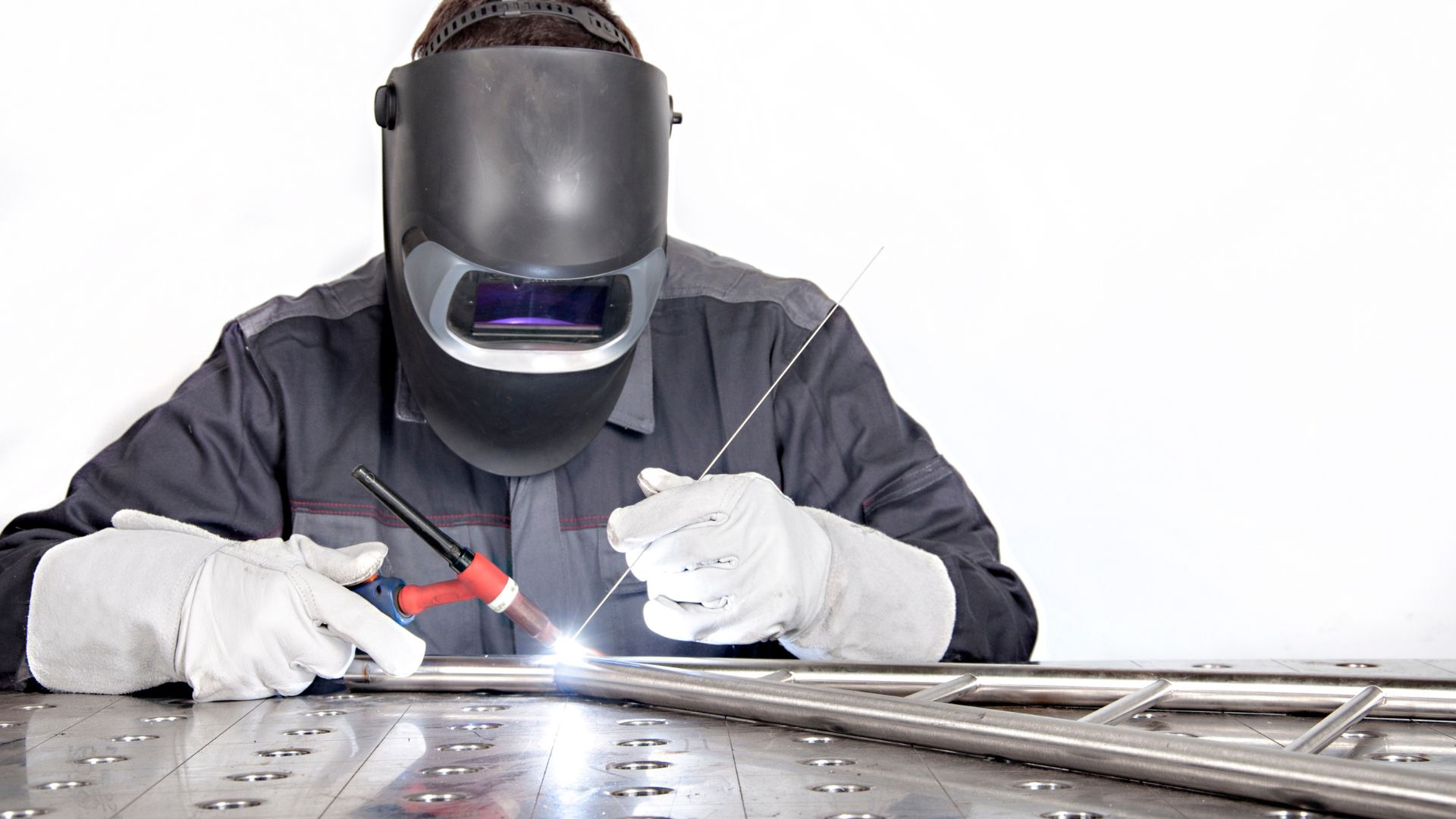Welding is an essential process in the production of medical devices, ensuring the integrity, durability, and performance of critical healthcare equipment. The stringent requirements of the medical industry necessitate the use of advanced welding technologies and meticulous quality control measures. This article explores the significance of welding in medical device manufacturing, detailing the requirements, technologies, and innovations shaping this vital sector.
Importance of Welding in Medical Devices
Medical devices encompass a wide range of products, from surgical instruments and implants to diagnostic equipment and patient monitoring systems. Welding plays a crucial role in joining metallic and non-metallic components, creating strong, reliable bonds that can withstand the rigorous demands of medical applications. The precision and quality of welds directly impact the safety and efficacy of medical devices, making welding an indispensable process in their manufacture.
Key Requirements for Welding in Medical Device Manufacturing
- Biocompatibility: Materials used in medical devices must be biocompatible to prevent adverse reactions when in contact with human tissue. Welds must preserve the biocompatibility of the materials, ensuring they remain safe for medical use.
- Sterility: Medical devices often require sterilization before use. Welding processes must ensure that joints are smooth and free from contaminants, preventing bacteria and pathogens from residing in weld seams.
- Precision and Accuracy: The intricate designs of medical devices demand high precision and accuracy in welding. Even minor deviations can affect the functionality and safety of the device.
- Strength and Durability: Welded joints must withstand the mechanical stresses and strains encountered during use. This is particularly critical for implants and surgical tools that experience repeated loads.
- Dodržování předpisů: Medical device manufacturers must adhere to stringent regulations and standards, such as ISO 13485 and FDA guidelines, which govern the production and quality of medical devices. Welding processes must comply with these standards to ensure product safety and efficacy.
Advanced Welding Technologies in Medical Device Manufacturing
- Laserové svařování: Laser welding is widely used in medical device manufacturing due to its precision and control. It produces narrow, deep welds with minimal heat-affected zones, making it ideal for joining small, delicate components. Laser welding is commonly used for assembling pacemakers, surgical instruments, and endoscopic devices.
- Electron Beam Welding (EBW): EBW offers high precision and penetration, making it suitable for welding complex geometries and dissimilar materials. It is used in the production of titanium implants and other high-performance medical components.
- Ultrasonic Welding: This process uses high-frequency ultrasonic vibrations to join thermoplastic materials. It is commonly used for assembling disposable medical devices such as catheters, blood filters, and IV components. Ultrasonic welding is fast, clean, and does not require additional adhesives or solvents.
- Resistance Welding: Resistance welding, including spot and seam welding, is used for joining metal parts by applying pressure and passing an electric current through the materials. It is suitable for producing stainless steel components used in surgical instruments and orthopedic devices.
- Micro Welding: Micro welding techniques, including micro TIG and micro plasma welding, are used for precision welding of small components. These methods are essential for producing intricate parts in devices like hearing aids and microelectronic implants.
Quality Control and Testing in Medical Device Welding
Quality control is paramount in medical device manufacturing to ensure the safety and reliability of the products. Several testing and inspection methods are employed to verify the integrity of welded joints:
- Non-Destructive Testing (NDT): NDT methods, such as X-ray inspection, ultrasonic testing, and dye penetrant inspection, are used to detect defects and ensure weld quality without damaging the device.
- Metallographic Examination: This involves examining the microstructure of welds to identify any imperfections, such as porosity, cracks, or inclusions, that could compromise the device’s performance.
- Mechanical Testing: Tensile, shear, and fatigue tests are conducted to evaluate the strength and durability of welded joints, ensuring they meet the required specifications for medical applications.
- Leak Testing: For devices that require airtight or fluid-tight seals, leak testing is performed to ensure the integrity of the welds and prevent any potential failures during use.
Innovations and Future Trends in Medical Device Welding
- Additive Manufacturing and Welding: The integration of additive manufacturing (3D printing) with welding techniques allows for the creation of complex, custom-designed medical devices with enhanced functionality and reduced lead times.
- Smart Welding Technologies: Advanced sensors and real-time monitoring systems are being incorporated into welding equipment to enhance process control, improve weld quality, and ensure consistency in production.
- Biodegradable Materials: Research is ongoing into welding techniques for biodegradable materials used in temporary implants and medical devices, which dissolve safely within the body after fulfilling their purpose.
- Nanotechnology: Nanomaterials are being explored to enhance the properties of welds, such as increasing strength, reducing weight, and improving biocompatibility, paving the way for next-generation medical devices.
Závěr
Welding is a critical process in the production of medical devices, ensuring the structural integrity, safety, and functionality of life-saving equipment. The stringent requirements of the medical industry drive the adoption of advanced welding technologies and rigorous quality control measures. As innovations continue to emerge, the future of welding in medical device manufacturing promises to enhance the capabilities and reliability of medical devices, ultimately improving patient care and outcomes.

